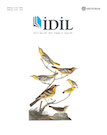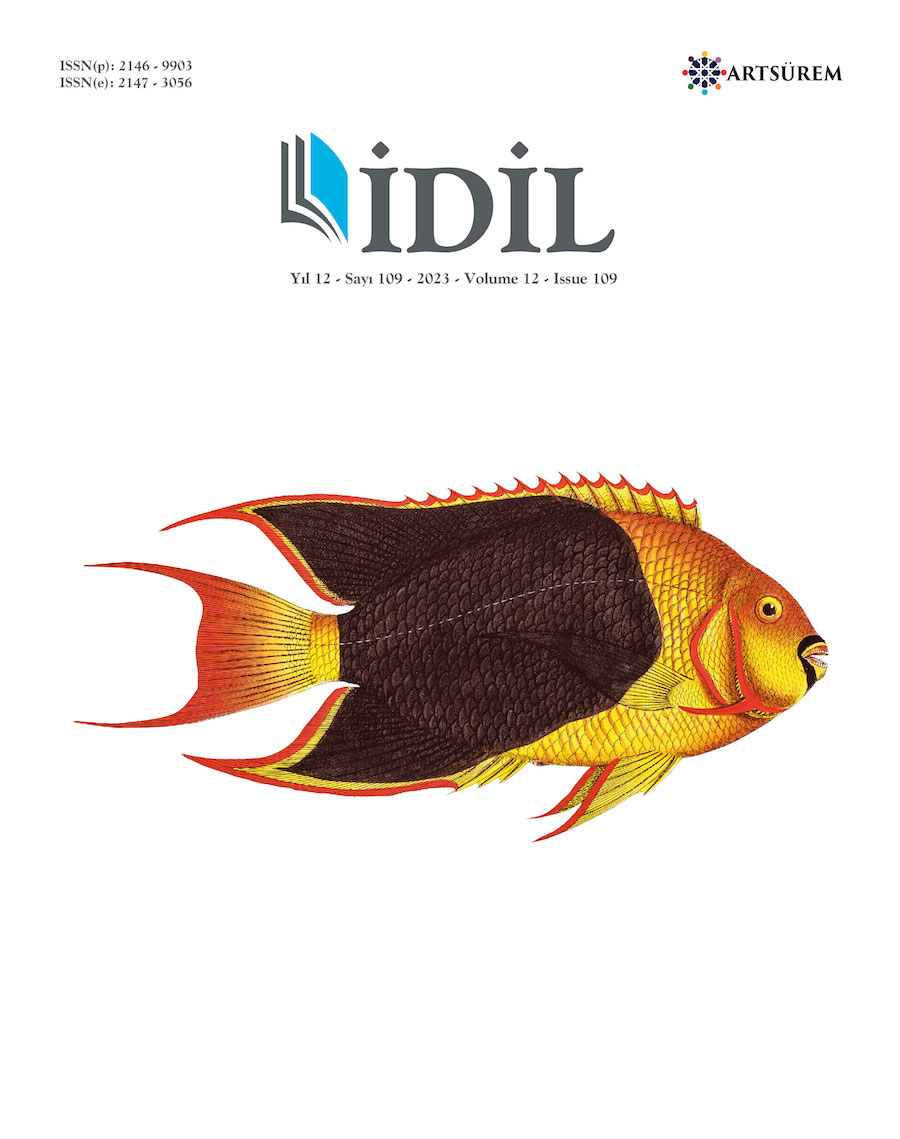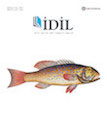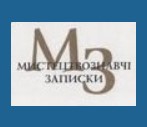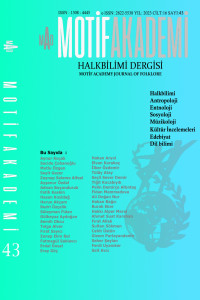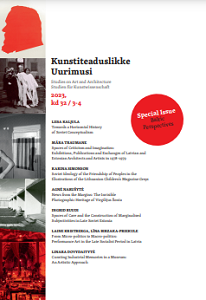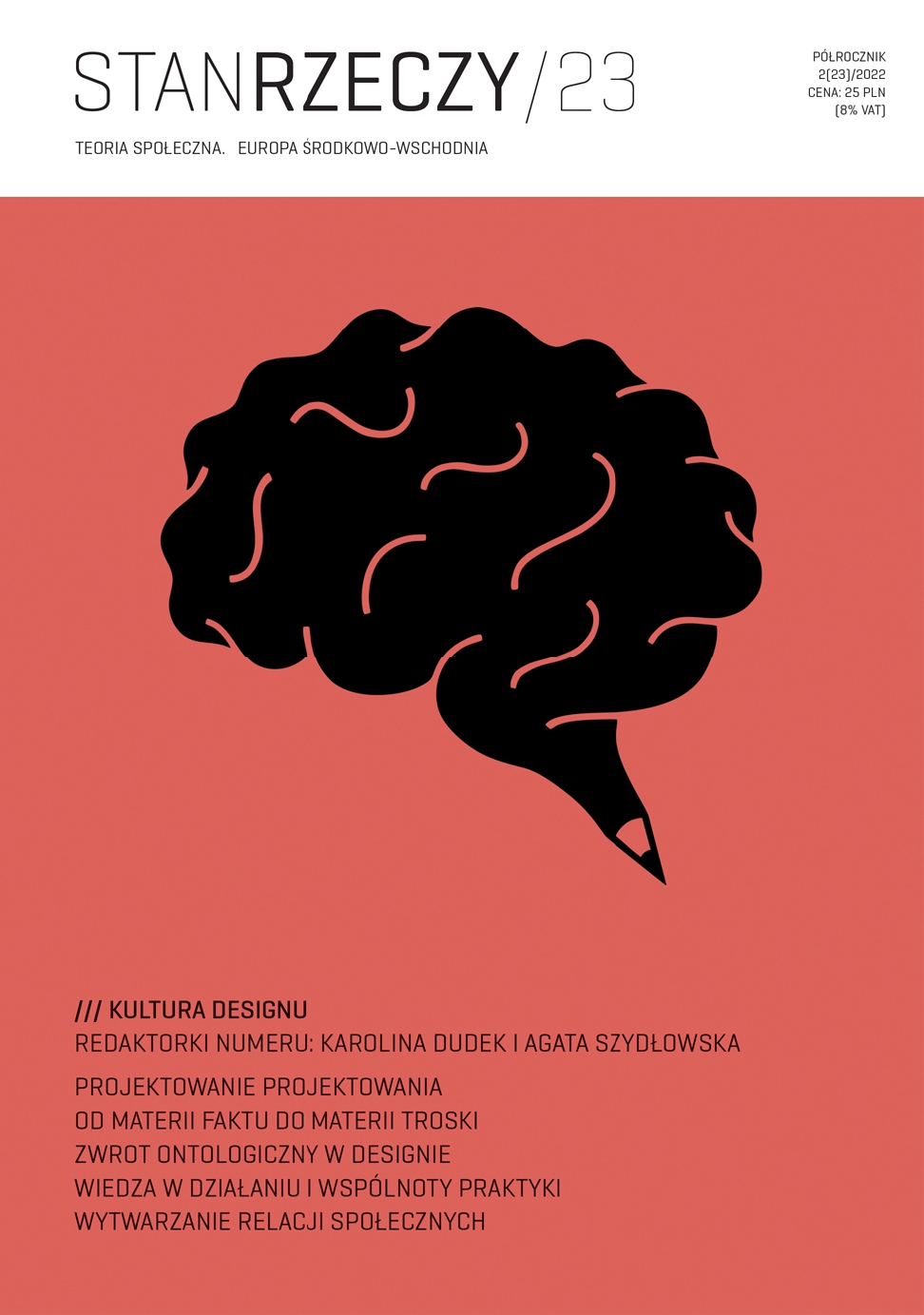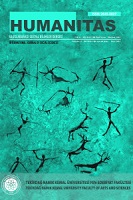
Kırgız Tiyatrosunda Kadının Varoluşu (1920-1990)
According to historical sources, theater is a genre that was introduced into the life of the Kyrgyz people by the state itself after the 1917 October Revolution. The aim was to adopt the socialist ideology of the Soviet Union to a society with a low literacy rate, not through a long-term process such as education, but with a tool that both entertains and teaches. The aim of this study is to briefly touch on the theater history of the Kyrgyz people and to examine in detail the multiple identities of women as individuals in the theater texts of the period. In this context, the main plays that were staged in theaters from the beginning of the Kyrgyz theater until 1990, when the Soviet Union was officially disintegrated, focus on the main problems of Kyrgyz women and include women's types that changed in parallel with the conditions of the period, were examined. Thus, the texture of women's types in the Kyrgyz theater between the years 1920-1990 will be revealed in addition to examining, how the October Revolution affected the Kyrgyz society and family structure, how the Soviet Government handled the women's issue in line with its own ideology, and what changes were made in the place and importance of the Kyrgyz woman in society.
More...
